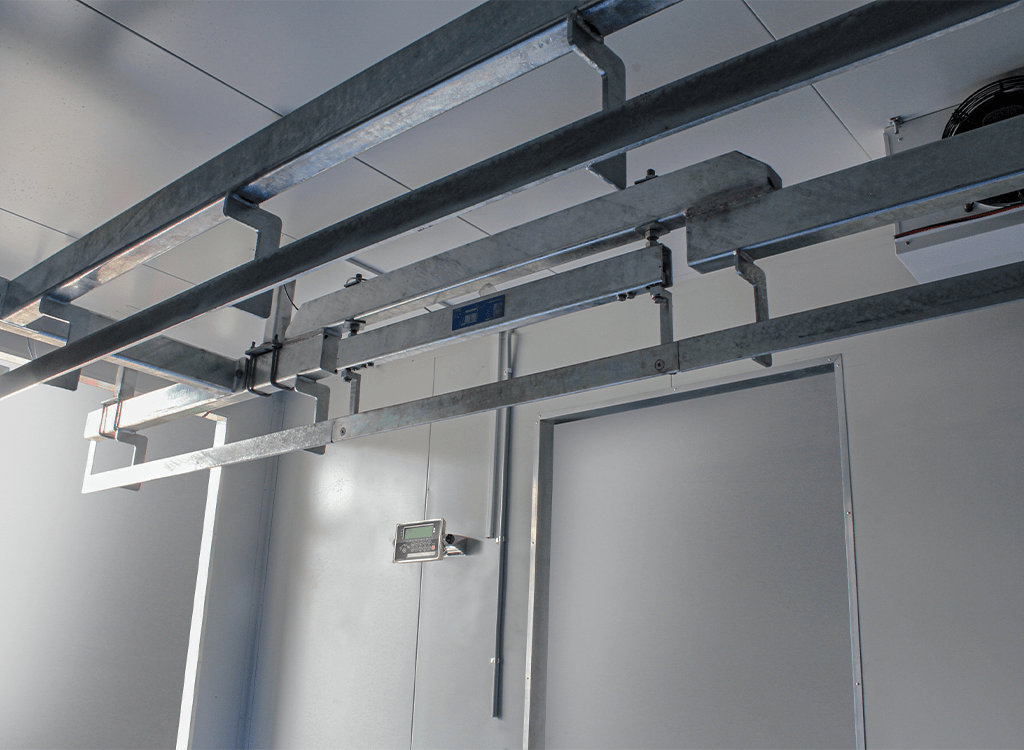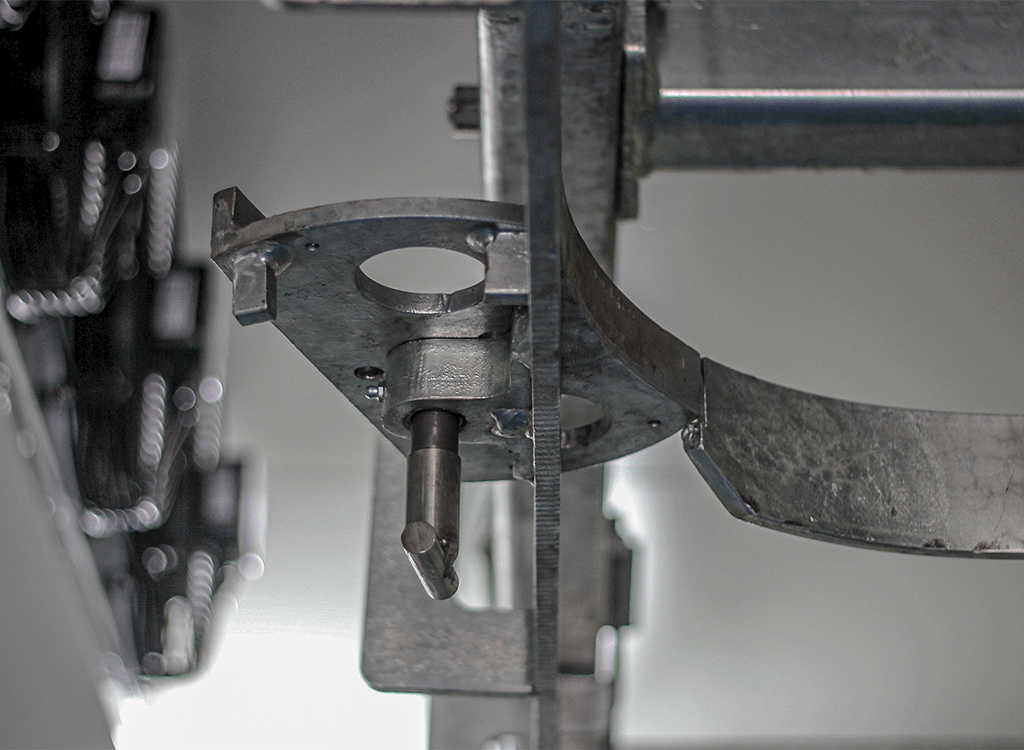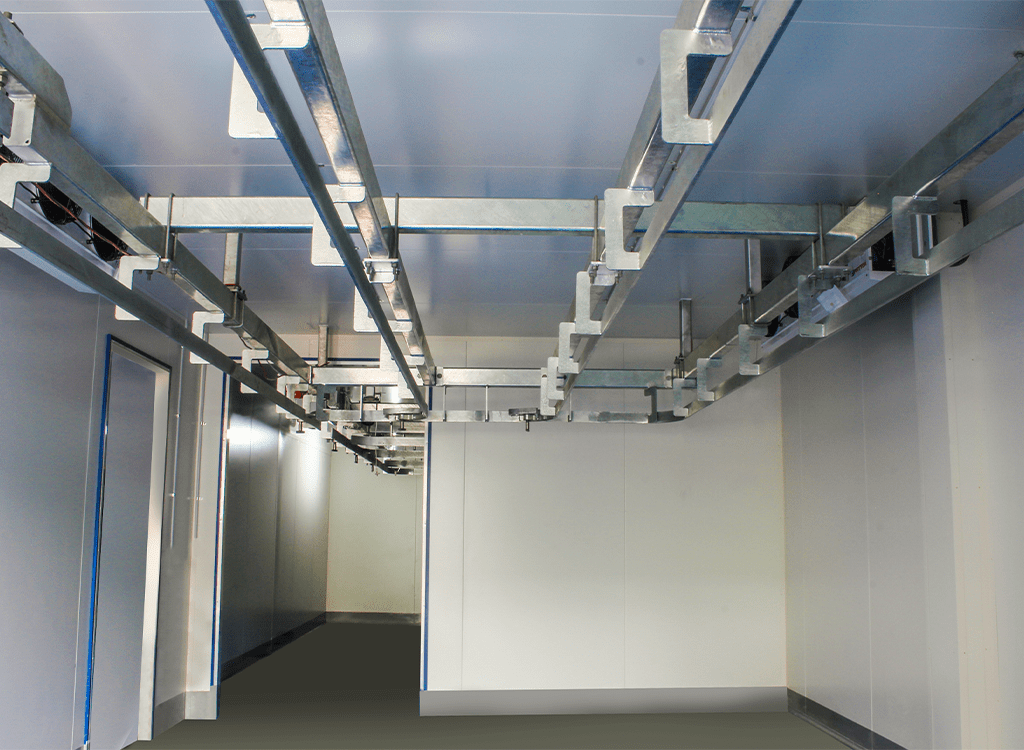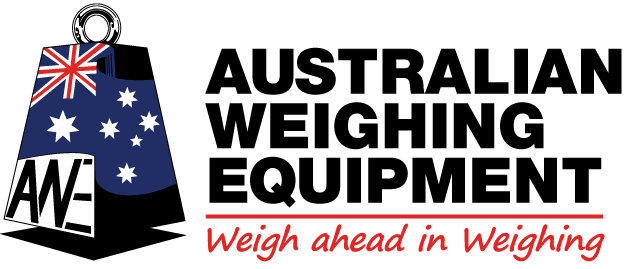Meat rail fabrication is the process of designing, manufacturing, and installing rails used in meat processing plants for hanging and transporting carcasses. The rails are an essential component of the meat processing industry, as they allow for the efficient movement of carcasses from one stage of the process to another. In this article, we’ll discuss the steps involved in meat rail fabrication and the factors that need to be considered during the process.
Designing Meat Rails
The first step in meat rail fabrication is designing the rails. The design process involves taking into account the type of meat being processed, the weight of the carcasses, the temperature requirements of the meat, and the layout of the processing plant. The rails need to be designed in a way that allows for the efficient movement of carcasses without damaging the meat or causing safety hazards for workers.


Manufacturing Meat Rails
Once the design has been finalized, the next step is manufacturing the meat rails. The rails can be made from a variety of materials, including stainless steel, aluminum, and plastic. Stainless steel is the most common material used for meat rails due to its strength, durability, and resistance to corrosion.
The manufacturing process involves cutting and welding the rails to the desired length and shape. The rails are then polished to ensure a smooth surface that won’t damage the meat. Additionally, any brackets, hooks, or other accessories needed for hanging the carcasses are also fabricated at this stage.
Installation of Meat Rails
The final step in meat rail fabrication is the installation of the rails. The installation process involves mounting the rails to the ceiling of the processing plant, ensuring that they are level and secure. The rails are typically mounted using stainless steel brackets that are bolted to the ceiling. The brackets are designed to withstand the weight of the rails and the carcasses hanging from them.
During the installation process, it’s crucial to ensure that the spacing between the rails is consistent and that the rails are level. This is essential to prevent the carcasses from touching each other and to ensure that the workers can move between the rails with ease. Additionally, the temperature of the processing plant needs to be carefully controlled to ensure that the meat remains at the appropriate temperature.

Factors to Consider in Meat Rail Fabrication
Several factors need to be considered during meat rail fabrication, including:
Type of Meat: The type of meat being processed will determine the weight of the carcasses and the temperature requirements. This information is essential in designing the rails to ensure that they can safely support the weight of the carcasses and that the temperature of the meat is maintained.
Space Availability: The amount of space available in the processing plant will determine the number of rails needed and the layout of the rails. It’s essential to design the rails in a way that maximizes the use of the available space while ensuring that the workers can move between the rails with ease.
Safety: Safety is a crucial consideration in meat rail fabrication. The rails need to be designed and installed in a way that minimizes the risk of injury to workers and damage to the meat.
Regulatory Compliance: Meat processing plants are subject to various regulations, including those related to food safety and worker safety. It’s essential to ensure that the meat rails are designed, manufactured, and installed in compliance with these regulations.



